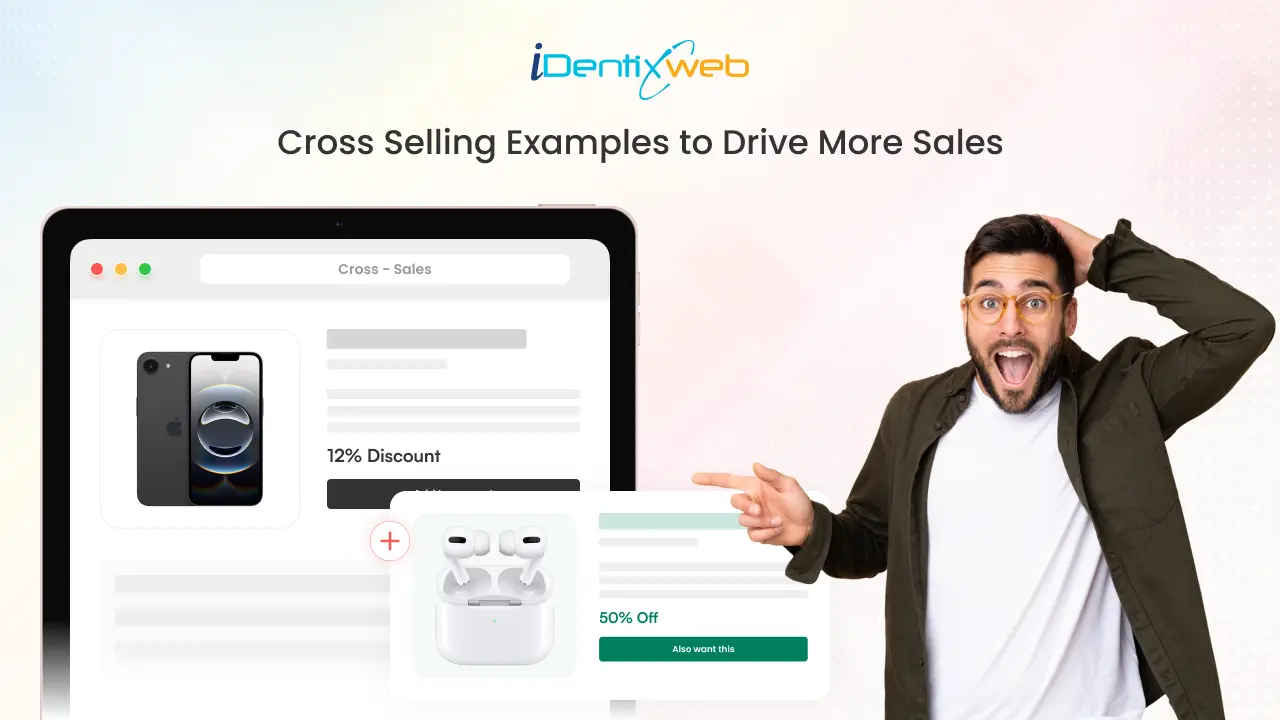
Want to grow your ecommerce business without constantly chasing new customers? Focus on increasing your average order value (AOV). One of the most innovative ways to do that is through cross selling.
The best cross selling examples prove that it’s not about stuffing the cart, it’s about recommending the right product at the right moment. Think of relevant add-ons, matching items, or listed bundles that add value and improve the shopping experience.
In this guide, you will learn what cross selling is, explore real-world examples, and discover actionable opportunities to implement in your store, whether you run an online shop or a SaaS platform.
Let’s dive in and turn one sale into many, the smart way.
What is Cross Selling?
It is about offering customers extra products that go well with what they already buy. The idea is to increase the total sale by showing them items they might not have thought of but would be helpful to or complement their main purchase.
Upselling vs Cross-Selling: Key Differences with Clear Examples
Before we dive into cross-selling examples, let's first clarify the difference between cross-selling and upselling.
In simple terms, cross-selling is about suggesting related products to what a customer is already buying, while upselling is about offering a better, more expensive version of the same product.
Both strategies help your business grow, but they work in different ways.
For example, the e-bike brand Cowboy uses upselling by encouraging customers to choose the Performance model, which costs $500 more than the Core model.
Instead of suggesting additional products, they simply guide the customer to a higher-end version of the bike they were initially interested in.
The main point of upselling is that you’re not suggesting extra items. Instead, you’re offering a higher-quality version of the same product. It's about replacing the initial choice with a more premium option.
On the other hand, cross-selling involves recommending extra items that complement the original purchase. After a customer selects their bike model, Cowboy offers add-ons like a lock or a pre-installed rear rack, encouraging the shopper to enhance their purchase with related accessories.
Cross-selling and upselling can work together. Using both strategies in your store is a smart move to boost your sales.
With these differences apparent, let’s move on to why incorporating cross-selling into your sales approach is a game-changer.
Benefits of Cross-Selling You Shouldn’t Ignore
Implementing a cross-selling strategy helps you generate more revenue.
For example, suppose you install iCart Cart Drawer Cart Upsell and use cross-sells to increase your average order value by $5.
Now, this might not seem like much, but when we run the numbers over a year, you can see how big of a difference this makes:
| Metric | Without Cross-sell | With Cross-sell(iCart App) |
|---|---|---|
| Number of Orders | 10,000 | 10,000 |
| Average Order Value (AOV) | $50 | $55 |
| Annual Revenue | $500,000 | $550,000 |
| Expenses | $300,000 | $350,000 |
| Profits | $200,000 | $250,000 |
| Profit Margin | 40% | 45.5% |
And when customer acquisition costs increase, cross-selling allows you to build a more comfortable margin. iCart helps you maximize the value of every sale and ensure no revenue is left on the table.
Now cross-selling isn't only about bigger profits. As we’ll see in the cross-selling examples below, it can improve your customers' shopping experience and help them get the best value for their money.
But before we get to that, let’s quickly review the best practices that underpin the article's cross-selling examples.
Best Cross-Selling Examples to Boost Average Order Value (AOV)
Now that you understand cross-selling, here are some examples to inspire your strategy.
Product Bundle Cross Sell
Source: Harry’s
The first cross-sell example is a time-tested tactic for boosting average order value: product bundling. By grouping related products into a complete package, you help customers get everything they need in one go and increase your store’s revenue.
Many successful brands use product bundling as part of their sales strategy because it simplifies shoppers' decision-making and enhances the overall product experience.
For Example, Harry’s offers a complete shave set bundle with a razor, cream, and travel bag, perfect for men who want an easy grooming solution without the guesswork.
Use Cross-Sells Inside the Drawer
Source: Ratio
Cart drawers are becoming the new standard for top-performing Shopify stores—and for good reason. They reduce friction in the buying process by eliminating the need for a separate cart page, keeping customers closer to checkout.
But don’t let that space go to waste. Use your cart drawer as a strategic opportunity to recommend relevant, add-on products that complement what’s already in the cart
For example, if someone’s buying a $200 coffee machine, suggesting a $10 filter or a $75 carafe offers both value and choice without overwhelming them.
Post Purchase Cross-Sell Funnel
Source: Reconvert
Right after checkout, most shoppers land on the thank you page, which is your golden window. With ReConvert’s post-purchase funnel, you can turn this moment into a second sale by showing one-click offers that match the customer's purchase.
Since payment info is already saved, there’s no friction—just a tempting deal at the right time. You can even stack up to three smart offers (cross-sell, upsell, or down-sell), automatically adjusting based on the shopper’s response.
It’s like having an intelligent, automated sales assistant working behind the scenes, boosting conversions without extra effort.
Thank You Page Cross-sell
Source: Convertflow
Cross-selling on the Thank You page involves showcasing products related to the ones just purchased, such as accessories, refills, or upgrades. It targets high-intent buyers when their trust and satisfaction are highest.
These offers can be displayed as product tiles with images, prices, and “Buy Now” or “Add to Cart” buttons, often with incentives like limited-time discounts or free shipping.
Cross-Sell Products on Cart Page
Source: iCart
This example come form iCart funnel, with this app, you can display cross-sell product suggestions directly inside the cart drawer or cart page, encouraging shoppers to add complementary items before they check out.
These cross-sells are based on the products already in the cart and can be manually set or dynamically shown using conditions like product tags, collections, or cart total.
Cross-Sells on your Product Pages
Source: Reconvert
A great example of effective cross-selling comes from Native, a cosmetics brand that uses a pop-up on its product pages to recommend complementary items. This approach is thoughtfully designed and packed with conversion-friendly tactics, from which any store can take inspiration.
Here’s what makes Native’s pop-up stand out and how you can apply these strategies:
- The pop-up appears directly in the center of the screen. Research shows that center-aligned pop-ups convert 75.95% better than side-slide variants.
- Triggered by intent: It doesn’t interrupt the shopper randomly — it appears after the “Add to Cart” button is clicked, capturing the customer when purchase intent is highest.
Top Cross-Selling Examples Across Different Industries
Let’s explore how successful brands use cross-selling to grow profits:
Ecommerce Cross-Sell
Ecommerce platforms like Amazon are experts at using cross-selling to boost order value. By analyzing browsing and purchase history, they display personalized suggestions through sections like “Frequently Bought Together” and “Customers Also Bought.”
This automated cross-selling feels relevant and helpful, encouraging customers to add more items without feeling pushed.
Real-World Example:
Imagine a customer searching for a laptop on Amazon. On the product page, they’ll likely see related items such as a laptop protector and a bag, which enhance the main purchase.
These suggestions are positioned right below the product details, making it easy for customers to add them to their cart with one click.
Source: Amazon
Electronics Retail
In electronics stores like Best Buy, helpful staff often suggest related items while you're shopping. If you're buying a tech product, they recommend useful accessories or add-ons to ensure you have everything.
It feels more like helpful advice than a sales pitch, making the shopping experience smoother and more complete.
Real-World Example:
Customers purchasing DSLR cameras often recommend essential accessories such as a memory card, camera bag, and spare battery. These items aren’t just optional—they’re crucial for using the camera effectively, especially for beginners.
The salesperson explains their importance and helps customers choose the right ones based on their needs and budget.
Source: Bestbuy
Grocery Chains
Grocery retailers like Walmart use clever product placement and visual merchandising to encourage cross-selling in-store.
By grouping complementary items, such as related snacks near beverages, they help shoppers discover combinations they didn’t originally plan to buy. This strategy increases basket size through convenience and impulse buying.
Real-World Example:
A customer browsing the wine section in Walmart may notice a nearby display featuring gourmet crackers, cheese, and chocolates. This setup instantly creates a “wine night” theme, encouraging the shopper to buy all the items needed for an evening gathering.
It’s subtle, effective, and boosts sales without requiring a salesperson.
Source: walmart
SaaS Cross-Selling
SaaS (Software as a Service) companies use cross-selling to grow customer value by introducing additional features, tools, or upgrades once the user is actively engaged.
This approach allows users to expand their toolkit as their business needs evolve, turning a basic subscription into a powerful, full-service solution.
Real-World Example:
A user who signs up for HubSpot’s free CRM is later introduced to premium features such as email marketing, live chat, and workflow automation.
As users become more familiar with the platform and their business scales, they are more likely to upgrade to paid tiers that include these advanced tools, effectively building an all-in-one marketing, sales, and customer service system.
Source: Hubspot
Fashion Retail
Fashion retailers use cross-selling to encourage customers to purchase complete outfits rather than standalone items.
This strategy boosts the average order value and enhances the shopping experience by helping customers visualize and buy a fully styled look.
Real-World Example:
On websites like Zara or H&M, when customers view a product such as a summer dress, they’re shown complementary items like a matching handbag, statement earrings, and sandals in the same style or color palette.
These suggestions are visually presented as a complete outfit, making it easy for the shopper to add all items to their cart and achieve a coordinated look.
Source: H&M
Cosmetics Retail
Beauty retailers like Sephora excel at cross-selling by promoting routines rather than standalone products.
Instead of selling a single item, they educate and guide customers through a complete beauty regimen, showing how supporting products work together to improve results.
Real-World Example:
A customer browsing for foundation on Sephora’s website is shown complementary products such as a primer to prep the skin, a blending brush for application, and a setting spray to lock in the look.
These suggestions are typically displayed in a “you may also like” section, streamlining the shopping experience while encouraging thoughtful add-ons.
Source: Sephora
Food Delivery Platforms
Food delivery platforms like Uber Eats, DoorDash, and branded apps like Domino’s use integrated cross-selling to enhance the ordering experience and increase average order value.
As users add main dishes to their carts, the app or website automatically recommends popular sides, desserts, and drinks based on order patterns, time of day, or previous purchases.
Real-World Example:
With Domino’s, after selecting a large pepperoni pizza, customers are prompted to add chicken wings, choco lava cake, or a 1.25L Coke bottle before proceeding to checkout.
These highly visual suggestions appear directly in the cart or the customization screen.
Source: Domino’s
How to Identify and Maximize Cross-Selling Opportunities in Your Business
To identify cross-selling opportunities, consider these tactics:
Analyze Customer Purchase Behavior
Use analytics tools to track what products are commonly purchased together. This data can provide valuable insights into which items you should recommend.
Leverage Abandoned Carts
When customers abandon their cart, email them with suggestions for complementary products. For instance, if they left a pair of shoes behind, offer them matching socks, shoe care products, or a new handbag.
Use Seasonal & Event-Based Cross-Selling Campaigns
Use holidays, events, or seasons to recommend items that align with the occasion. For example, leverage pre-designed Halloween email templates to cross-sell Halloween decorations to customers purchasing costumes or offer gift-wrapping services during the holiday season.
Add On-Page & Checkout Product Suggestions
Implement product recommendations directly on product pages and in the shopping cart. By showing related products at these touchpoints, you can catch customers when they are most likely to purchase.
Closing Thoughts
Finally, now that you know all the details about Cross-selling, especially examples that make the concepts easy to understand, this is not just about increasing order value; it is about creating a shopping experience that feels helpful, personalized, and complete.
Now, turn those insights into results. Test, learn, and refine. The best cross-selling does not just grow your revenue; it strengthens your relationship with every customer who clicks “add to cart.”
FAQs
1. How is cross-selling different from upselling?
This suggests related products, while upselling promotes an upgraded version of the current product.
2. Why is cross-selling important for my business?
It can boosts AOV, improve customer experience with relevant suggestions, and increase revenue without acquiring new customers.
3. Where should I place cross-sell offers on my Shopify store?
You can be placed on product pages, cart drawers, cart pages, checkout pages, and thank you pages.
4. Should I use product bundles for cross-selling?
You can easily offer value by grouping products that naturally go together (e.g., shirt + tie + belt), which can speed up the buying process.
5. What is a good example of cross-selling?
A classic cross-sell is when a coffee shop suggests a muffin with your coffee, complementing the main purchase without replacing it.



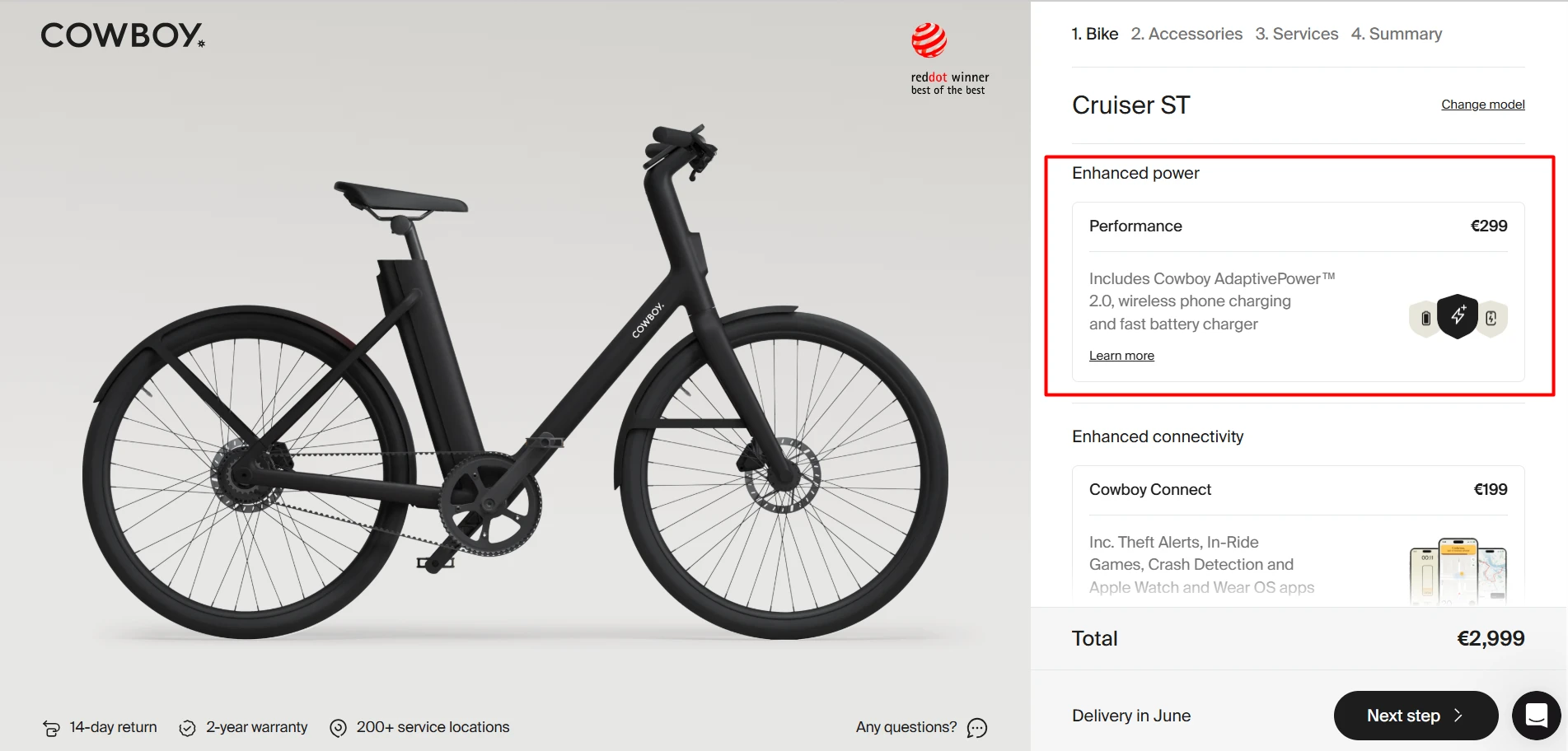
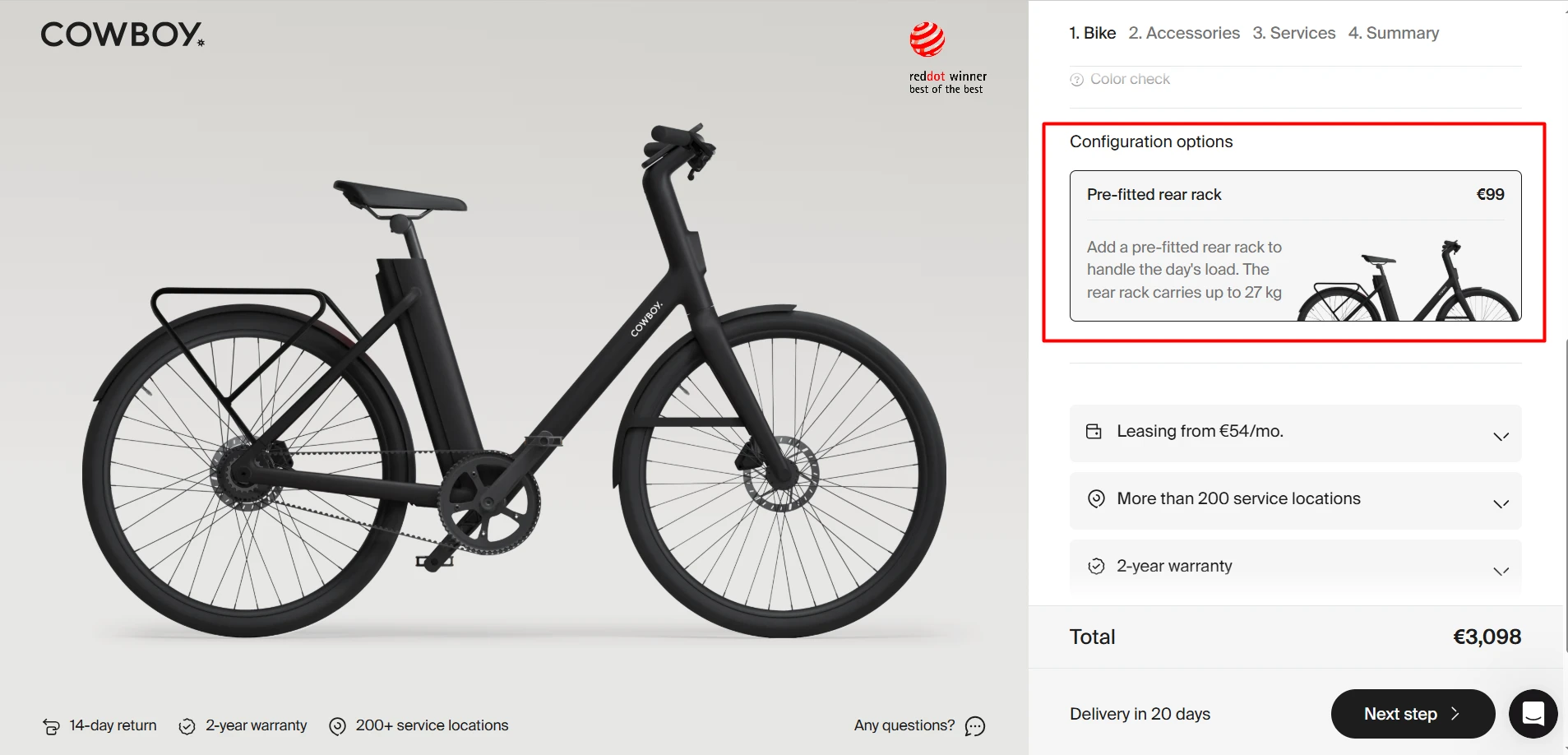
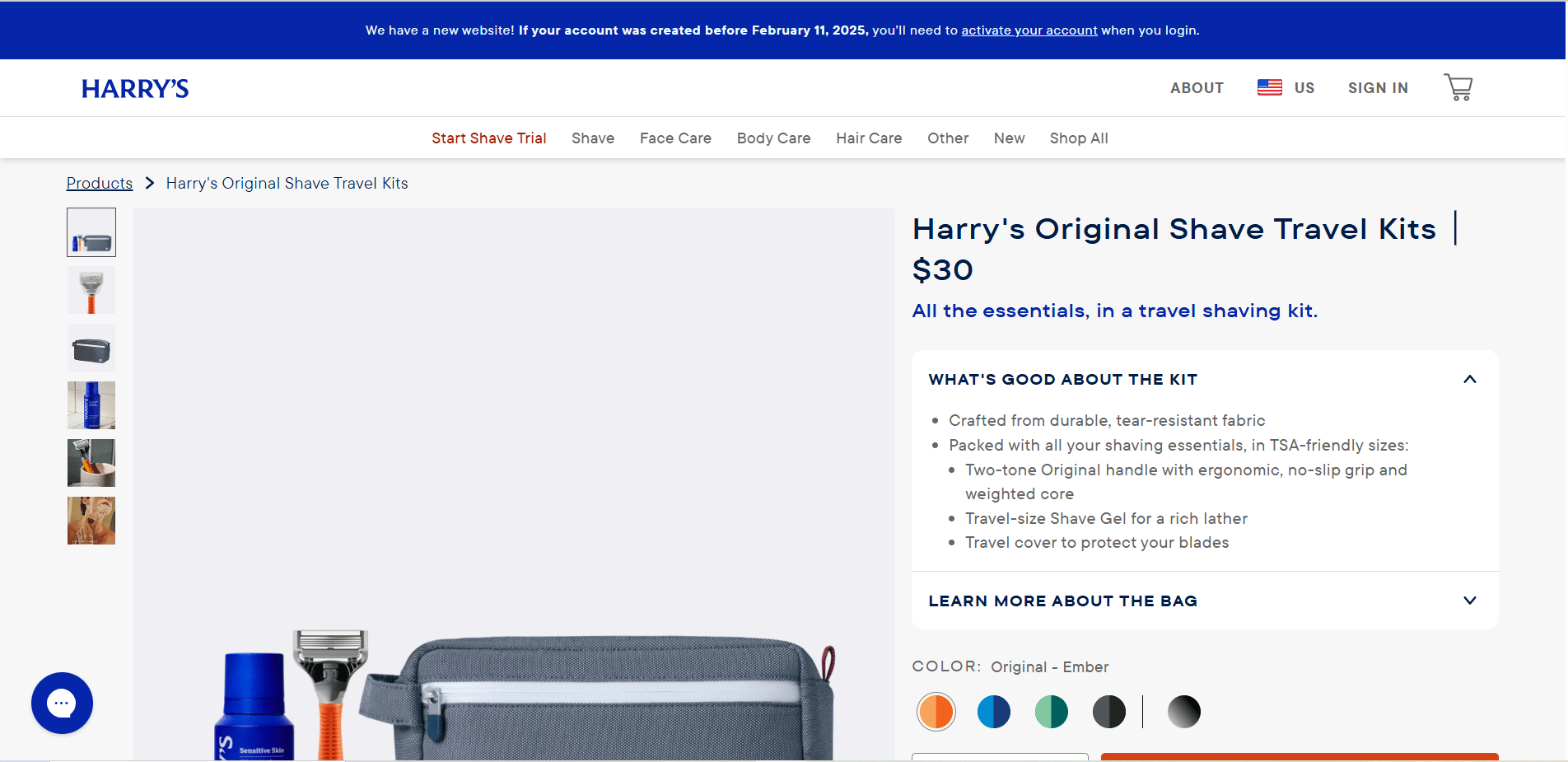
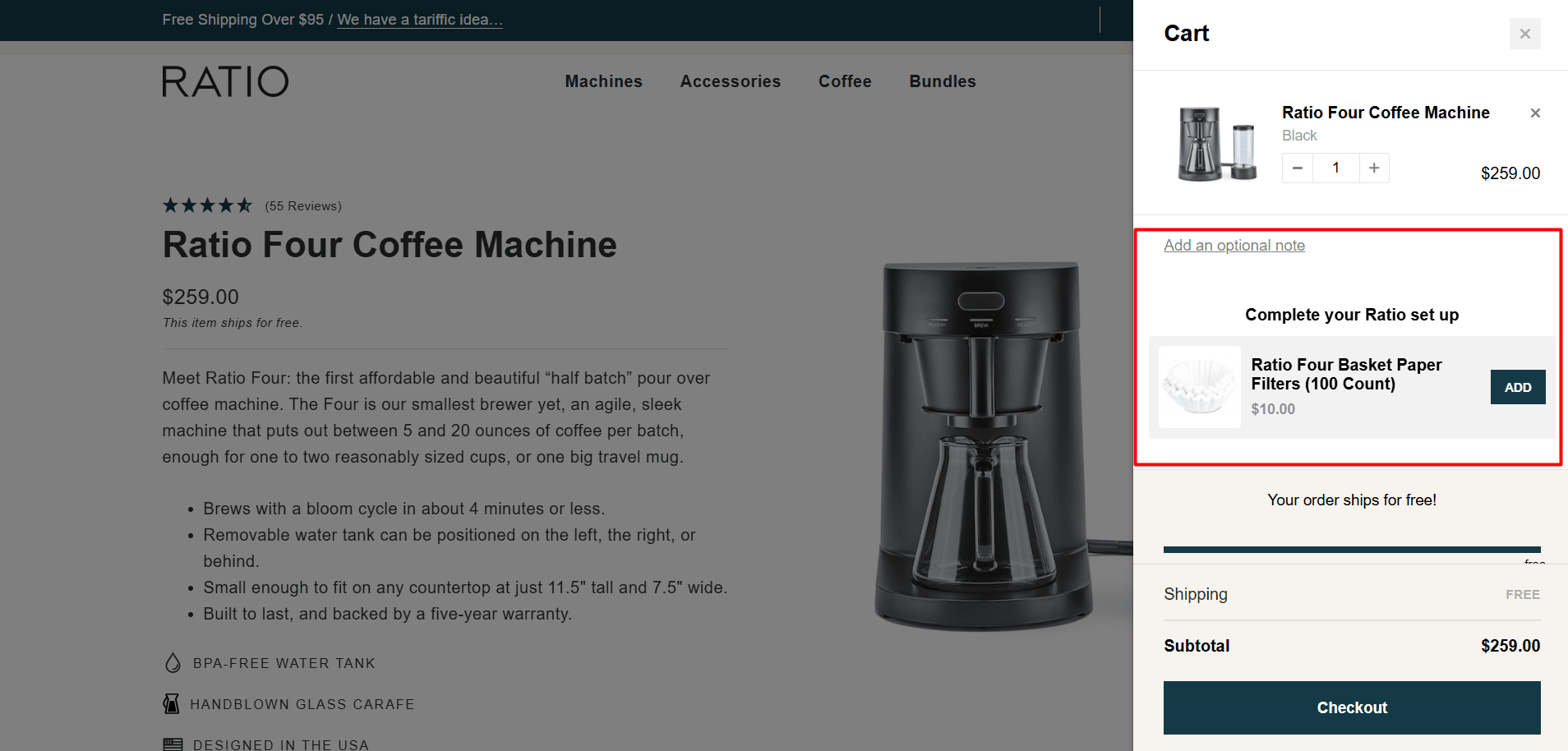
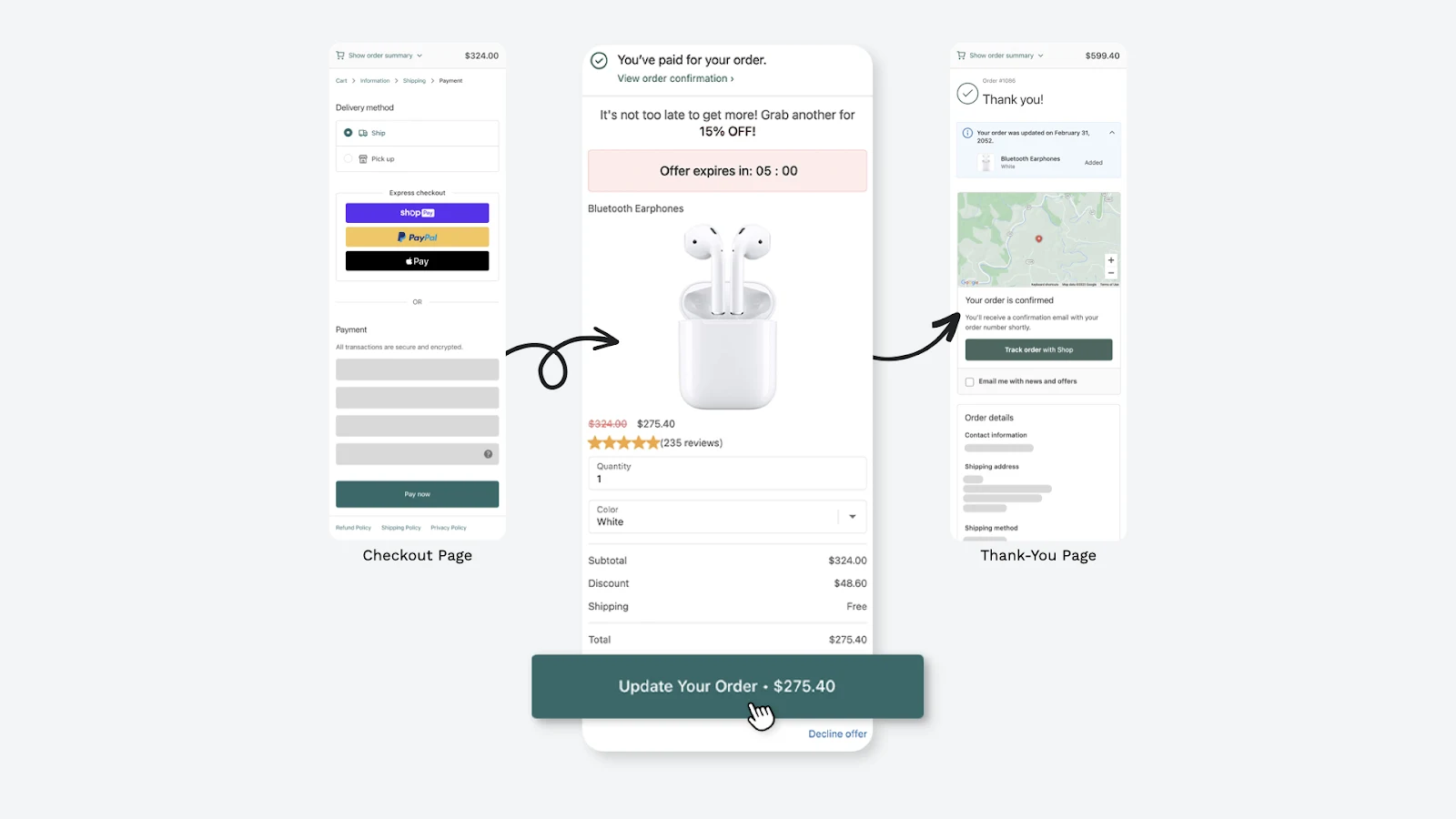
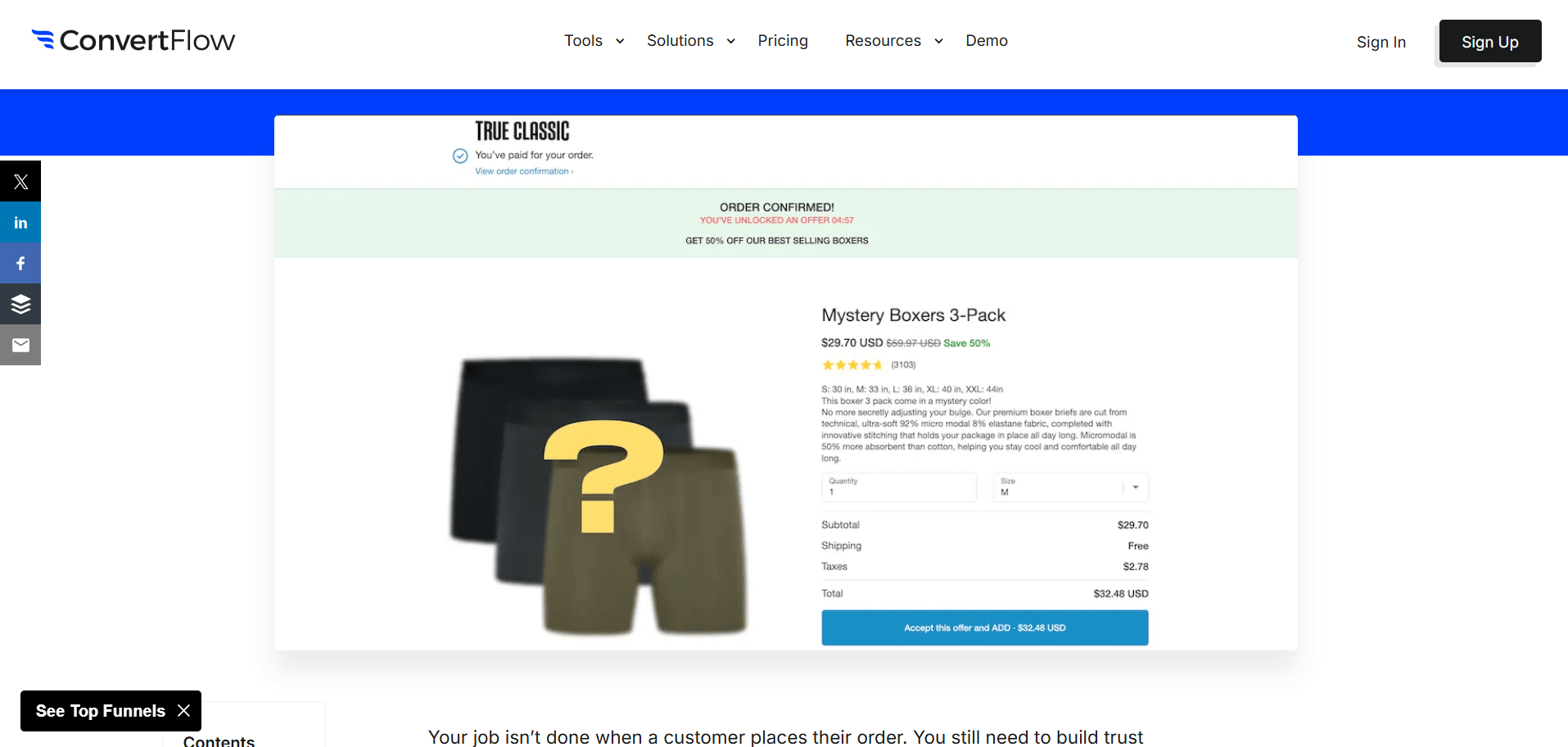

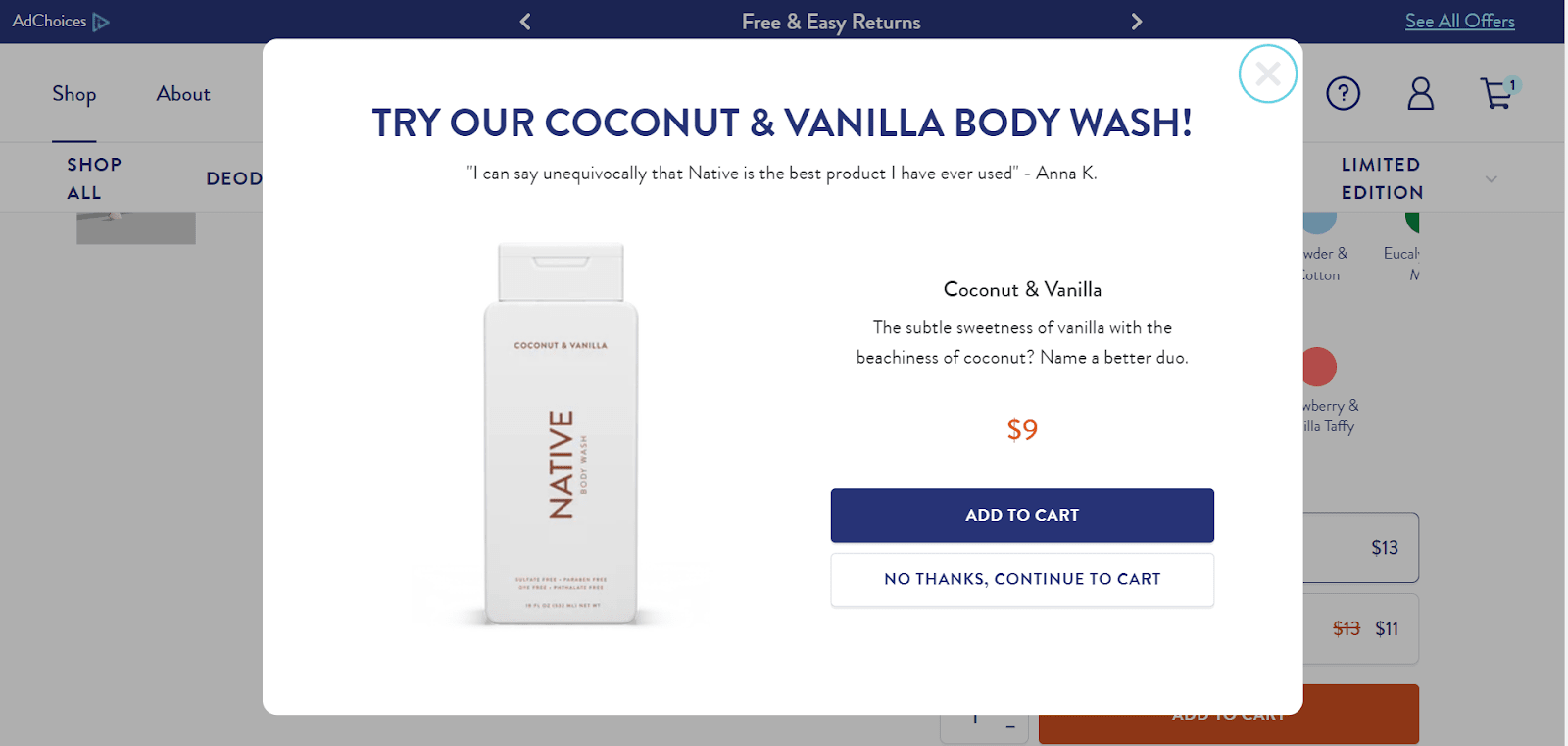
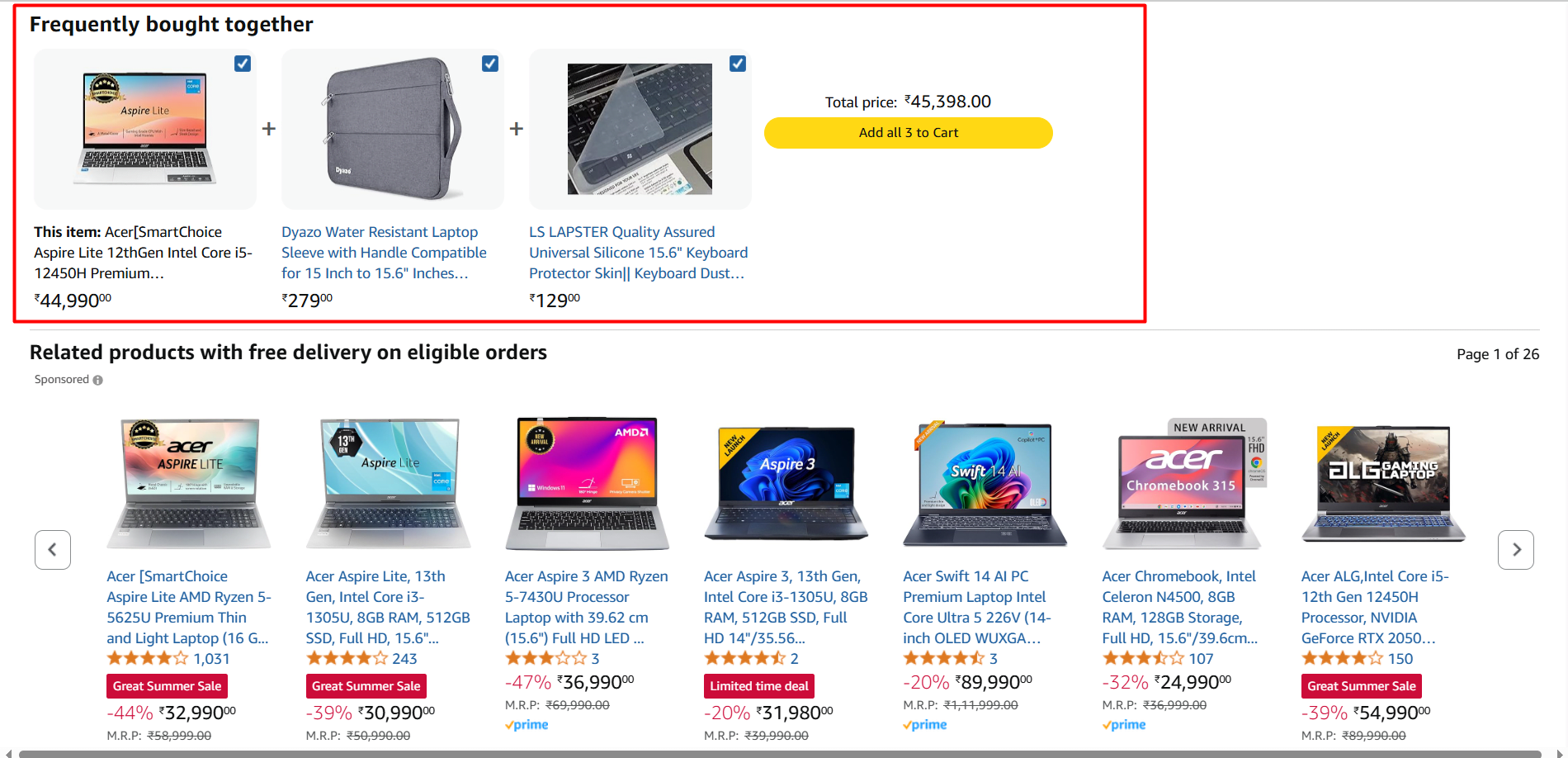
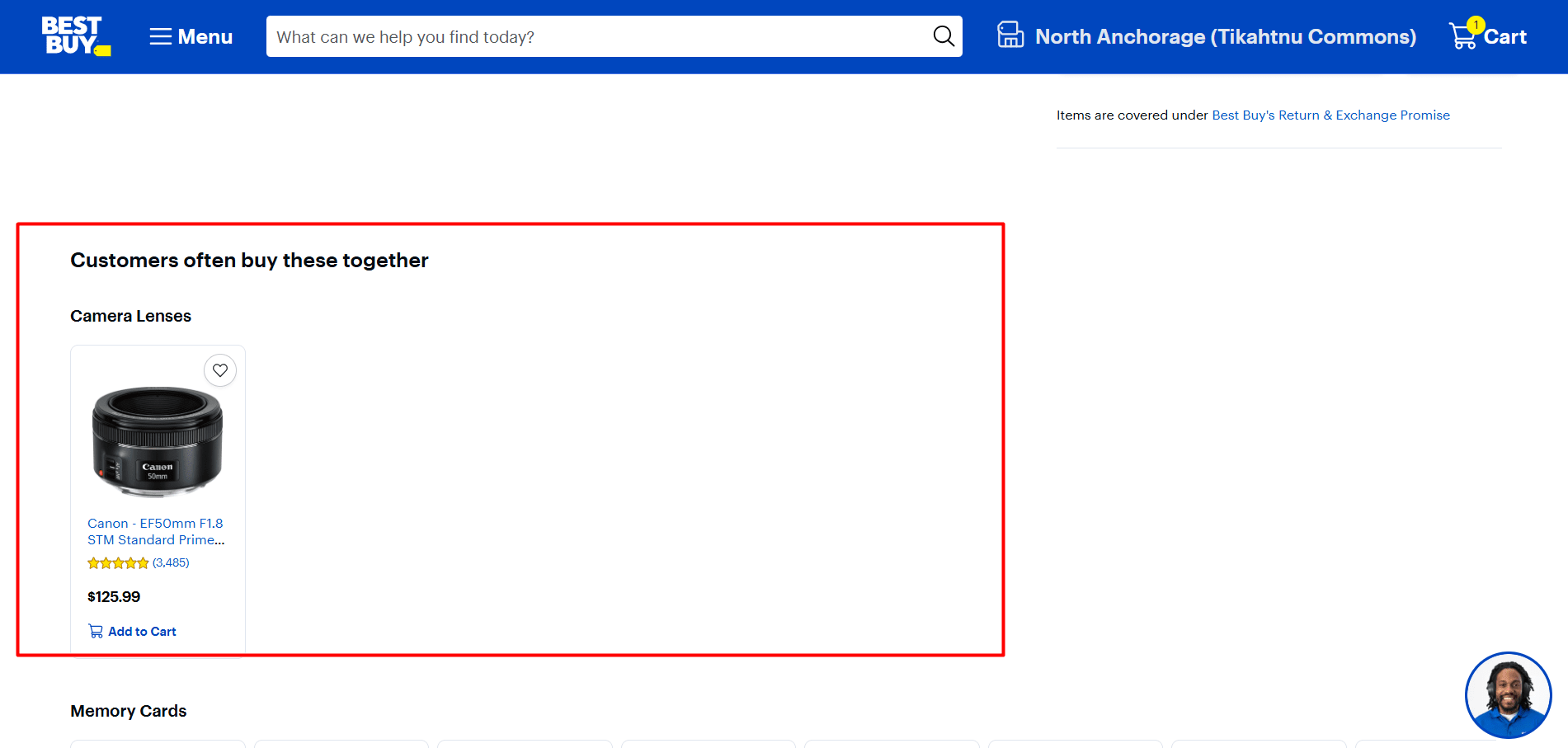
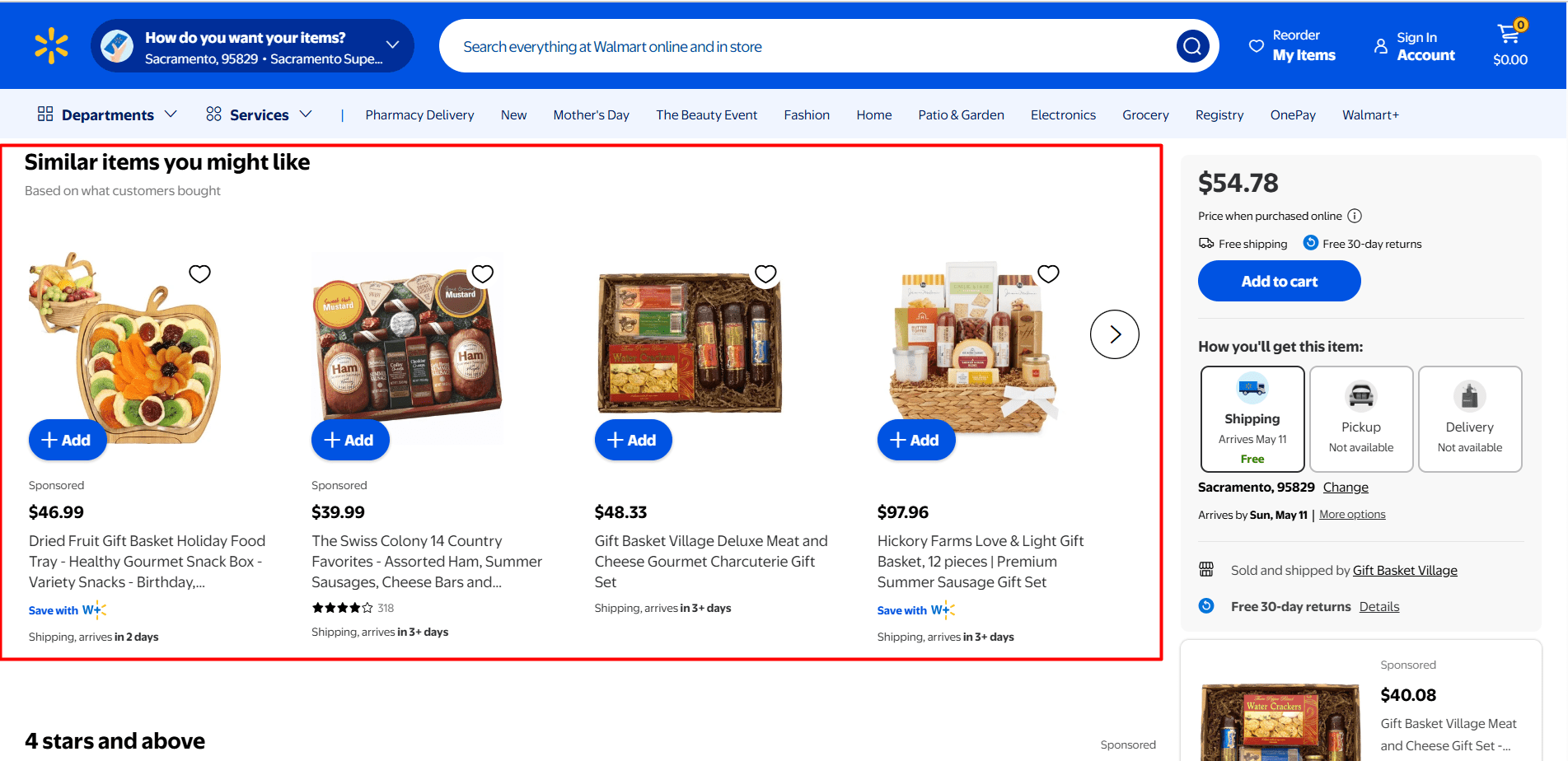
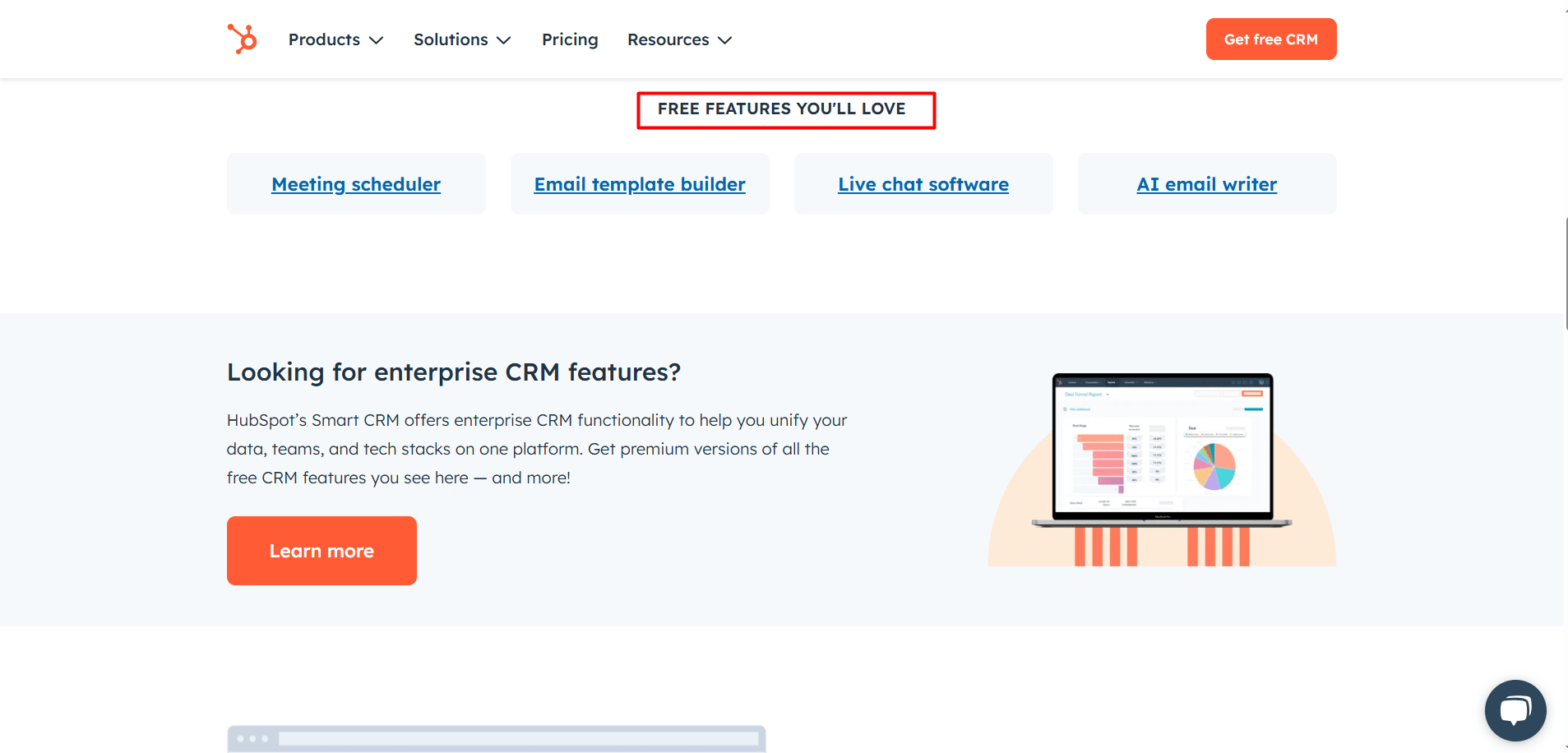
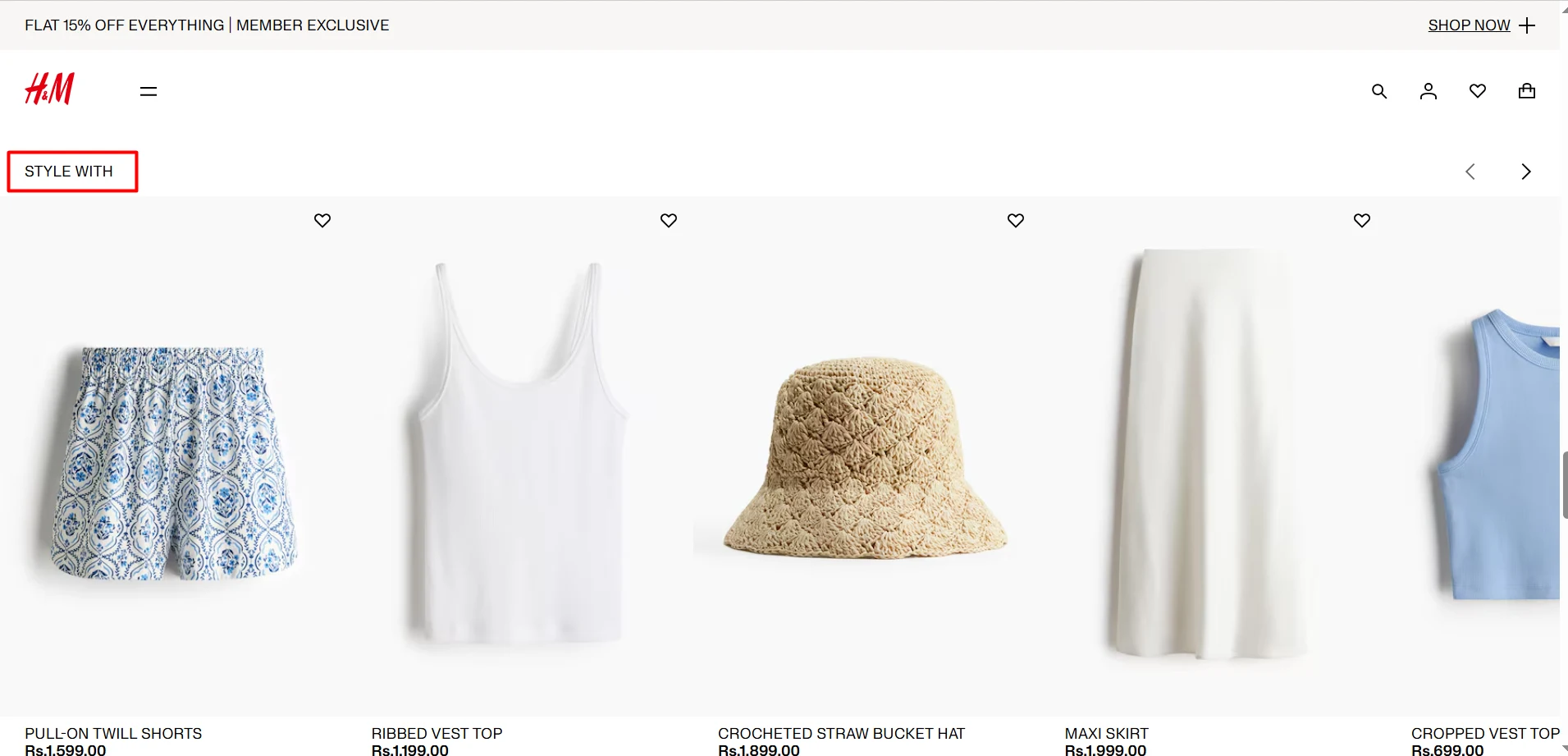

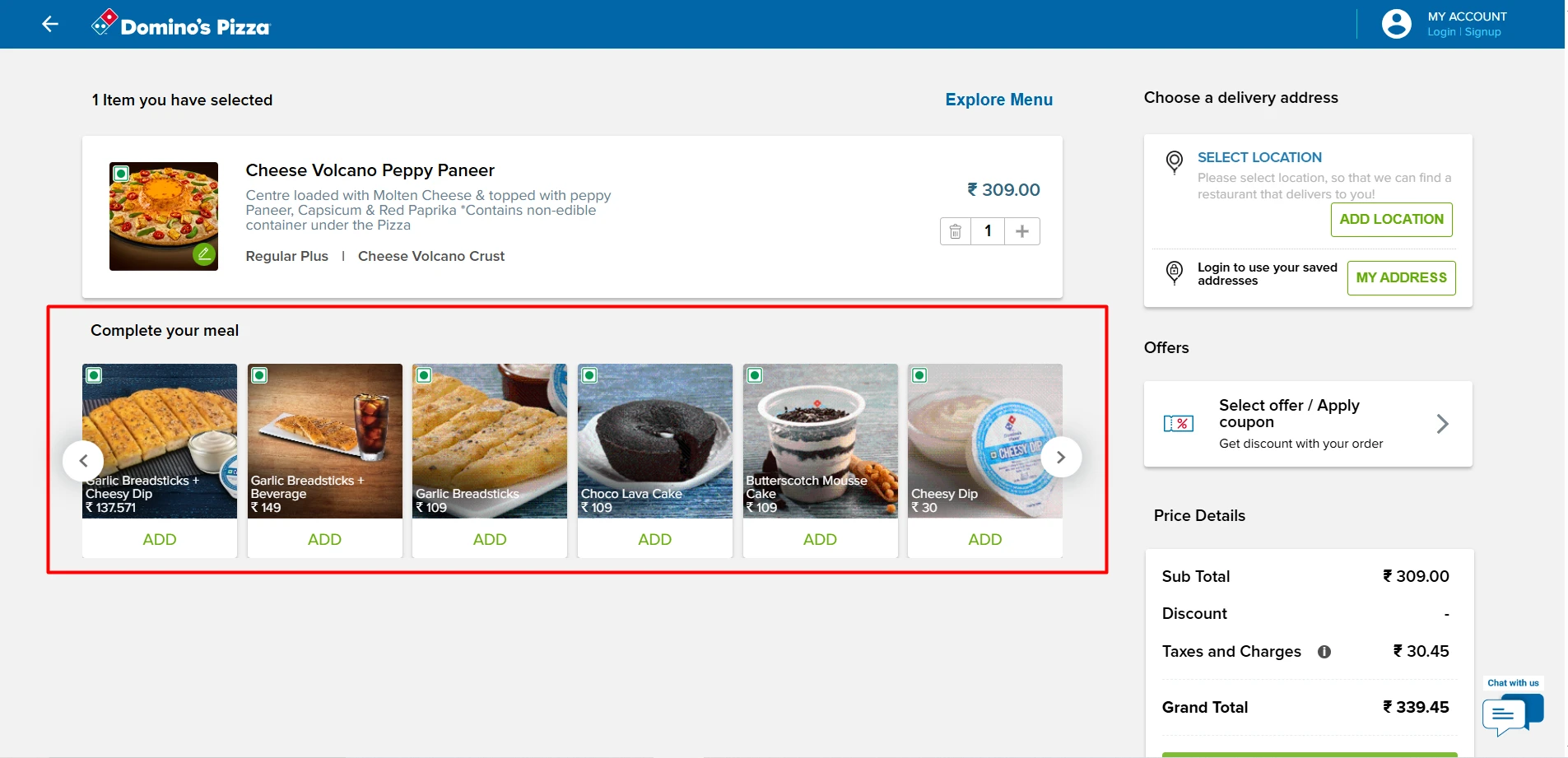
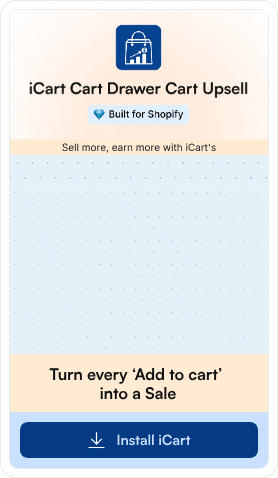
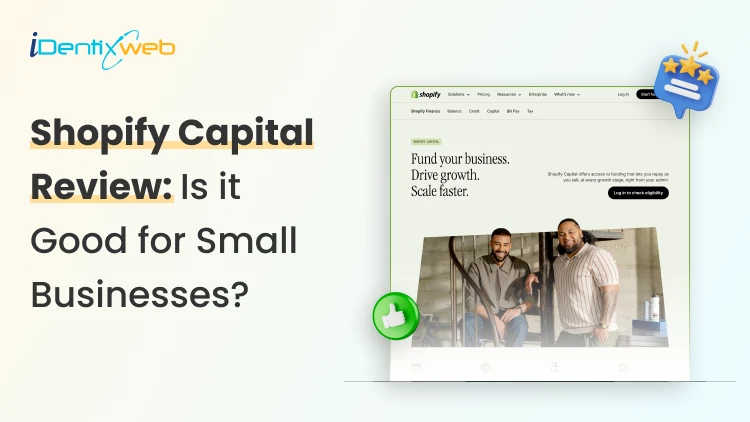
![District Shopify Theme Review: Pros, Cons, & Features [2026] District Shopify Theme Review: Pros, Cons, & Features [2026]](https://www.identixweb.com/wp-content/uploads/2025/12/25-12-Thu-Blog-District-Shopify-Theme-Review-Pros-Cons-Rating.webp)
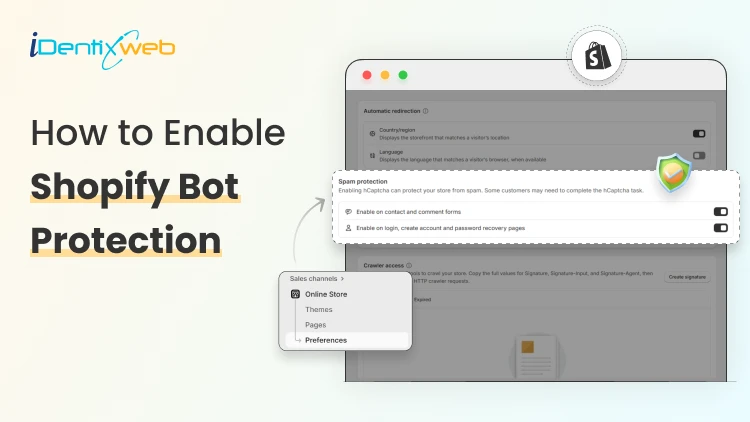
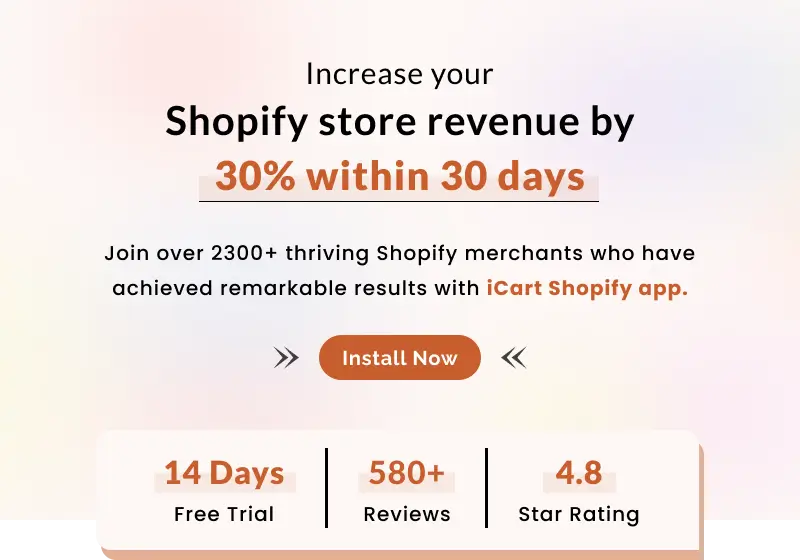
About the author
Bhavesha Ghatode
Explore Content with Bhavesha, a passionate and dedicated technical content writer with a keen understanding of e-commerce trends. She is committed to sharing valuable insights, practical assets, and the latest trends that can help businesses thrive in a competitive environment.